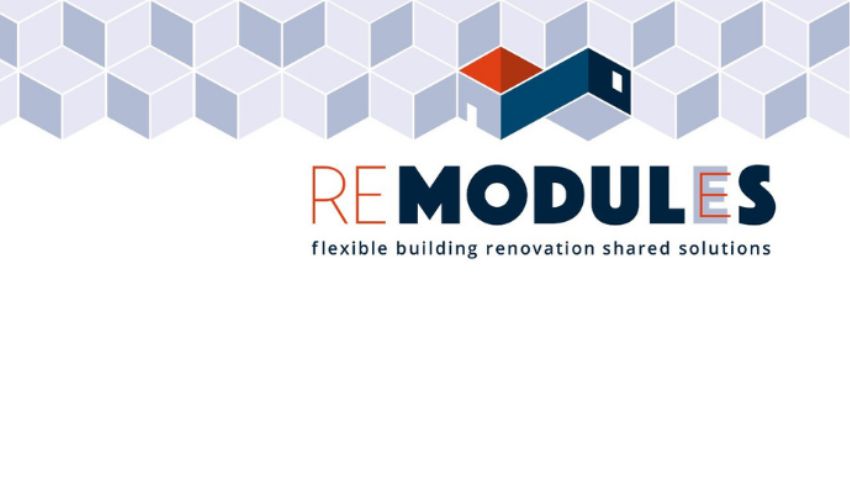The EU-funded RE-MODULEES project will develop an EU-wide umbrella platform for the renovation of existing EU residential buildings.
About the project
RE-MODULEES is based on EU-wide umbrella framework clustering efforts and aims at shaping cross-regional market activation policies. As such, the project will strategically leverage other EU-funded projects’ knowledge and solutions to customise their market uptake according to regional climatic, building and socio-economic conditions.
The building sector is the single largest energy consumer in Europe. Within its 2030 climate and energy framework, the EU has committed to improving the energy performance of buildings. Since three-quarters of today’s buildings will still exist in 2050, the key to a low carbon building stock is to renovate.
The consortia
The RE-MODULEES consortia consist of 16 partners and is coordinated by Huygen Ingenieurs and Advisors. As exploitation leading partner, in META we are involved to design the exploitation strategies. Also we will coordinate the exploitation activities of the consortium by supporting the go-to-market process of at local and international level.
The modules
RE-MODULEES focuses on 7 pilot markets (in 7 countries) with the aim of testing, demonstrating and validating the concept of renovation hubs.

This initiative will be based on the generation of standard modules for the retrofit market activation and up-take.
Broadly speaking, modularity is the degree to which a system’s components may be separated and recombined, often with the benefit of flexibility and variety in use. The concept of modularity is used primarily to reduce complexity by breaking a system into varying degrees of interdependence.
Modularity is to be intended as:
- for one side, multi-level, regarding the “breakdown” of the overall retrofit process into standardized segments;
- for the other side, multi-target, in regard of their customization according to regional climatic, building, socio-economic and market conditions, to maximize cost-optimality, positive spillovers and impact.
More information
Visit the project website

